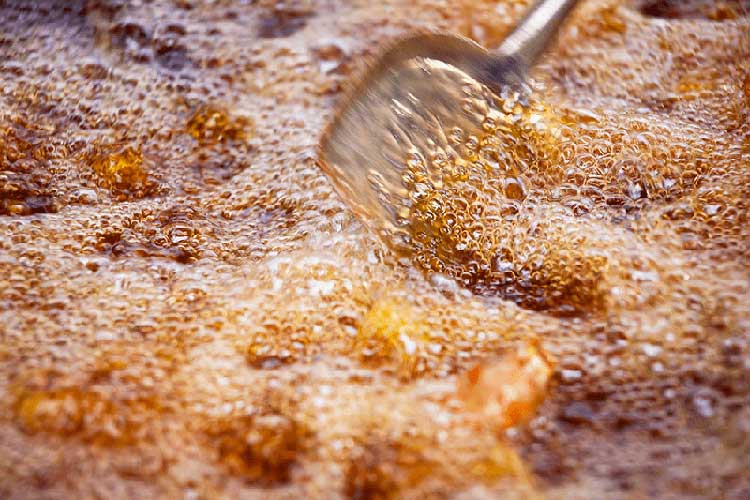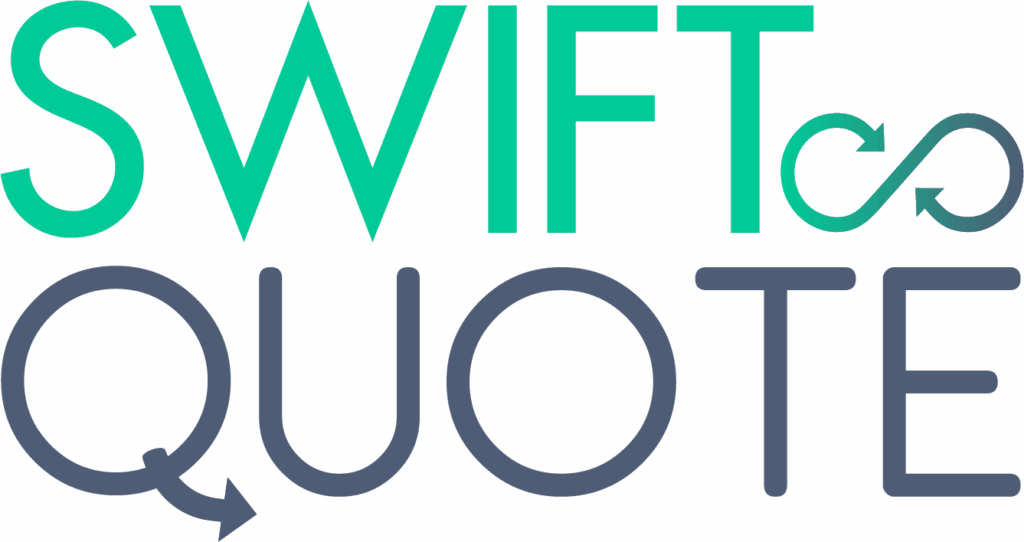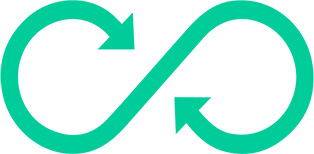Restaurant grease inspections
FOG compliance isn’t the most exhilarating of topics but you need to ensure that you are prepared nonetheless. Cities spend billions of dollars every year clearing blockages called fatbergs from the sewers, replacing grease blocked pipes and cleaning up wastewater spills caused by Fats, Oils, and grease (FOG) in the sewer system.
These costs are only growing. Just last year New York City spent $19 million clearing fatbergs from their sewers, a cost which has doubled in the last decade
Your FOG is continually monitored throughout the year so you cannot afford to slack off. If your restaurant generates a lot of fats oils and greases, which can be evidenced by the build up in your grease trap, require more frequent cleaning and typically more inspections (depending on your specific region’s compliance regulations).

Some important points to note before I take you through the typical inspection process. When the inspector visits your kitchen, they should provide you with identification and their authorized officer documentation. At this point feel free to ask any questions about the process or any previous correspondence which you have had after previous inspections. Also, don’t be afraid to request that the inspector put on personal protective equipment (ie gloves & hairnet).
Your inspector will be assessing whether all of the conditions of the effluent discharge license are being met in order to determine your compliance. The inspector will likely take photos to highlight instances of compliance/non-compliance.
During restaurant grease inspections
Your inspector wants to make sure:
- That you are maintaining your grease removal equipment and that records of this maintenance are being kept onsite. This should include your weekly, monthly, and yearly maintenance, removal of waste oil and any desludging operations carried out.
- That you have stored the collected FOG in a secure area, isolated from any and all storm drains and you have disposed of waste oil or food waste using a permitted and licensed waste removal contractor.
- That you are using a sink connected to the grease trapping equipment when cleaning exhaust filters.
- That you are employing the best practices in FOG management and that all new staff is trained appropriately in these practices. It’s essential that you continually monitor your operations to ensure that best practices are being employed at all times.
- That you have utilized appropriate signage to ensure that there is no contamination of food during prep ie washing vegetables.
- That all of your grease traps have a sampling tap to sample trade effluent.
- That the use of under sink food macerators/food grinders for processing and discharging waste food to the drainage system is not occurring.
- That the use of microbial, enzymatic, biological, or chemical degreasers is not occurring.
- That you have paid all of your annual license fees in full.
As we talked about earlier, if you have used an external contractor to clean exhaust filters make sure to retain the name and address of the contractor along with the name and address of the facility used for cleaning exhaust filters.
If you follow best management practices you will easily be able to pass all of the above requirements with flying colors. Implementing sound environmental practices and reducing the amount of grease which reaches your pipes will protect your business and help your community.



